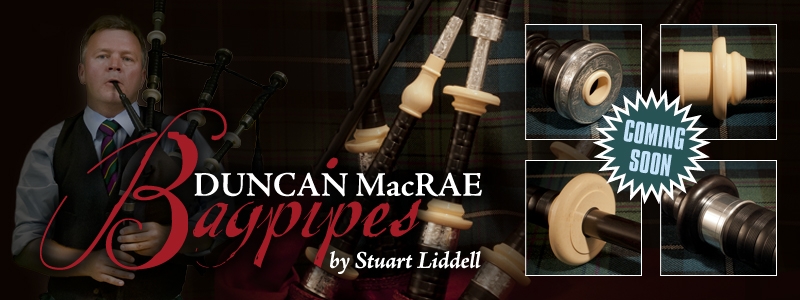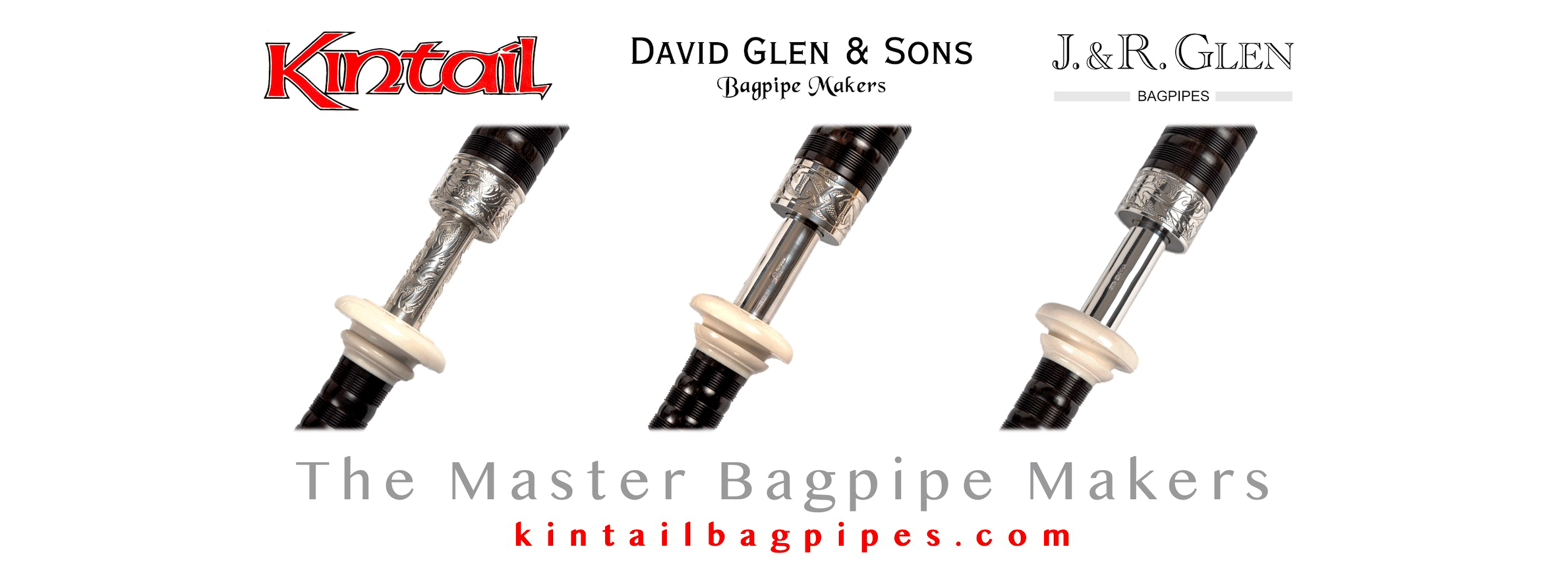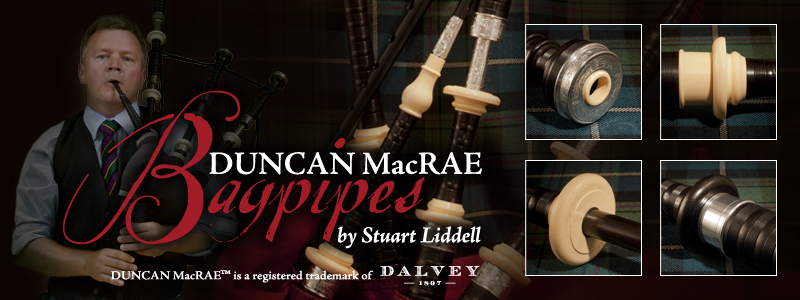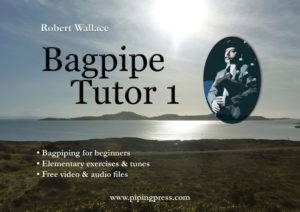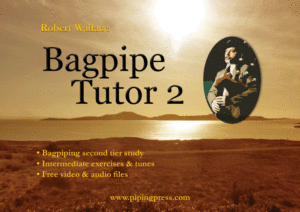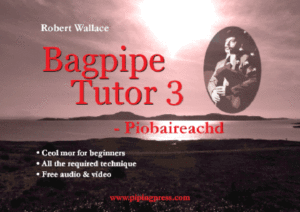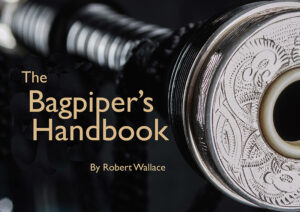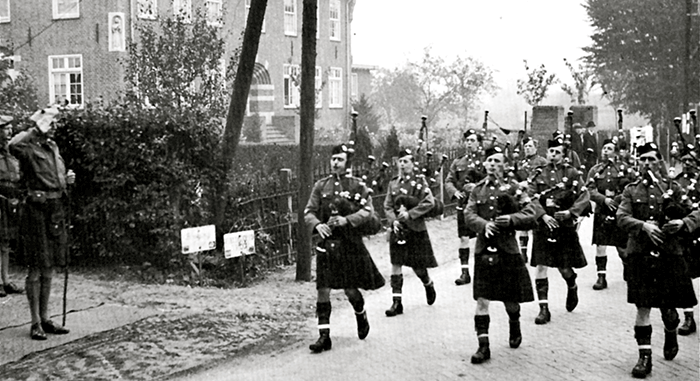
The second part of the article from a 1960s issue of the Piping, Drumming and Dancing Journal by P/M Donald Shaw Ramsay, a brilliant player, pipe major and composer. Here he considers march tempi, and then offers an introduction to ceòl mòr or piobaireachd. Read the first excerpt here.
How fast should a piper play? This again is a very controversial point, but try playing a march at a speed of 84 beats per minute. This will ensure that plenty of time is given for phrasing and execution. It is rather a pity that the Scottish Pipe Band Association would not introduce a speed-limit on the contest field.
What a tonic it would be to hear our bands step off at a speed of 88 to 92 beats per minute rather than the 110 to 112 we so often find. It would certainly ease the job of the judge and eliminate this hackneyed criticism – ‘too slow’ or ‘too fast’. The speed of 88 to 92 would also give every piper in a band the chance to execute his music correctly.
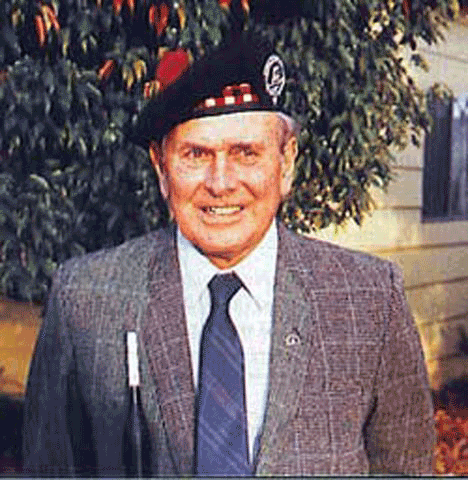
By P/M Doanld Shaw Ramsay
Few bands can boast of a complete corps of first-class pipers or drummers, and this slowing-down of the speed would help the poorer pipers greatly. I know there are many who play the selections reasonably well at home but when on the contest field the excessive speed causes slurring of important phases of the tune with the resultant drop in points. A band is not judged by its best players but by its poorest.
If marches were played today as they were in the middle of the last century troubles about grace notes would cease. About the 1890s grace notes were introduced into the tunes in great numbers, and judges who preferred to hear the old plain style were superseded by the ‘new’ school.
This innovation became the craze of pipers and indeed nearly caused disaster to piobaireachd. In those days it was a piper’s ambition to become a piobaireachd player, but the introduction of marches in the classical [competition] style changed that. The ambition was, as it still is, to become an expert master of classical marches. Think of Bonnie Ann and 71st Highlanders with two parts?
[wds id=”2″]
Today, in these tunes, we play four parts of really fine music, and how grand they are when well played. The extra parts are of course new, as there were originally two parts in each of these tunes, and the additions may answer the well-worn question – ‘Can marches be improved on?’ It is admitted by all enthusiasts that this matter of adding new parts is often grossly overdone. One evening, when in the company of three pipers, I was asked if I could play the six parts of Pretty Marion. Before I could answer one of my friends said he could play eight parts and the other said he could master ten and offered to play them to prove his boast. And so you see how monotonous this adding of parts can become.
Now let us turn for a few paragraphs to piobaireachd. There is no reliable evidence of the origin of piobaireachd. It is popularly accepted as an ancient form of music handed down to us from the ages. This is not quite correct as, although bagpipes of some sort were played by our forefathers even to the dawn of history, the instrument as we know it is of comparatively recent form.
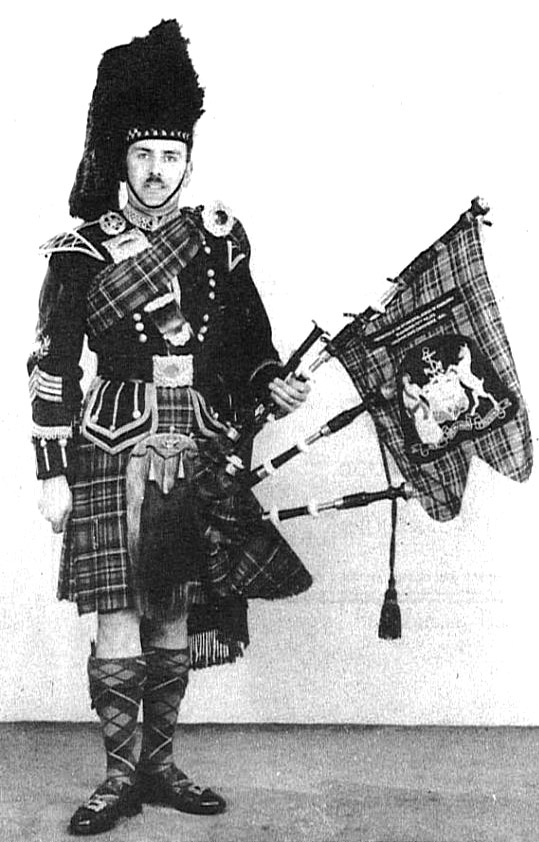
It is doubtful if the third drone was used more than three hundred years ago; and there are some who consider its introduction very much more recent than that. Piobaireachd is certainly not a ‘barbarous’ form of music, as suggested by laymen. It is a highly artificial product, carefully constructed, and having definite rules. It is most certainly not a jumble of notes.
The composers, as students of piobaireachd will aver, were intelligent and competent musicians. Many modern piobaireachd are of course ancient ones, or less-known ones, dressed up and altered. This borrowing of course does not apply to piobaireachd only, as there are marches, strathspeys, and reels in the same category.
I doubt if there is any modern composer who can say with honesty that all of his compositions are entirely original. So far as piobaireachd is concerned, no modern composer appears to possess the depth of appreciation of events necessary to produce the really classical piece. Efforts have been made, but they are not popular among pipers.
I doubt if there is any modern composer who can say with honesty that all of his compositions are entirely original….
A certain amount of evidence of origin can be gleaned from the names of piobaireachd, but this is no sure guide. Names get mixed up, changed or forgotten. The piobaireachd The End of the Great Bridge is believed to commemorate a battle fought in 1427, but none of the laments are known to refer to any historical personage before 1600. We have no piobaireachd to William Wallace or Robert the Bruce or any of the Stewart Kings until the time of King James VI.
It is a practical certainty that the MacCrimmons of Skye, that famous musical family of hereditary pipers to the MacLeods, had a lot to do with piobaireachd in its accepted form. Their object was to devise a system which would bring out the best, the most impressive and pleasing sounds from the bagpipe. In fact, they decided to ‘show off’ the bagpipe at its best.
Now to the formation of piobaireachd. Most of us know that the commencement is called the ‘urlar’ or ground. The arrangement of the urlar follows definite rules. Some of these rules have got to be worked out, but most can be detected easily enough by the student of piobaireachd.
General Thomason, the author of ‘Ceol Mor’, arranged all his music in lines and showed clearly that piobaireachd is built up of musical phrases corresponding to that of the lines in a piece of poetry. Nearly all piobaireachd can be placed in three lines – there are exceptions – with two kinds of arrangement; (a) where the first and second lines are of the same length and the third line is shorter by one third; and (b) where all three lines are equal in length and the first one is played twice. In (a) the commonest example is a tune where the first two lines consist of six bars and the third of four bars.
There are two divisions of piobaireachd – primary and secondary [sic]. A primary piobaireachd is made up of two phrases of music, each phrase consisting of two bars. In speaking of bars, it must be remembered that the placing of notes in a bar is an arbitary proceeding done merely for convenience sake. The ‘two’ bars of a phrase may be one bar, or may be four bars. The writers of piobaireachd usually put the phrase of a primary composition into two bars. Let us call them A and B. The tune is then built up as follows:
First line, A A B
Second line, A B B
Third line, A B
In the secondary piobaireachd there are four phrases, which we shall call A, B, C and D. A and B are each half the length of C and D. That is to say, generally A and B each of one bar and C and D each of two bars. The arrangement is thus:
First line, A B C D
Second line, C B A D
Third line, C D
The Desperate Battle is a good example of secondary piobaireachd in the variations but not in the urlar. This is an exceptional piobaireachd indeed as the variations do not follow the ground.
In conclusion, I hope that this article has been of interest if not instructive, and I shall be glad to enlarge on any matter if desired.
- Donald Ramsay, a farmer’s son, was taught piping by P/M Sandy Forrest of the Torphichen and Bathgate Pipe Band. P/M Forrest was a pupil of John MacDougall Gillies. Donald won most of the competitions open to him as a youngster, including a second prize in the junior piobaireachd at the Noirthern Meeting. On the outbreak of WW2 he joined the Highland Light Infantry (HLI) going on to become, aged 20, the youngest pipe major in the Army. He led the regimental band at the March Past following the successful crossing of the River Rhine in 1945 and his famous 6/8 march, 10th HLI Crossing the Rhine, commemorates this historic event (see picture top). On demob he joined the Edinburgh City Police Pipe Band and led them to two World Championships. He died in 1998 aged 78 and is buried in Grandsable Cemetery near Falkirk. Read more about him in the ‘Box and Fiddle’ archive here.

